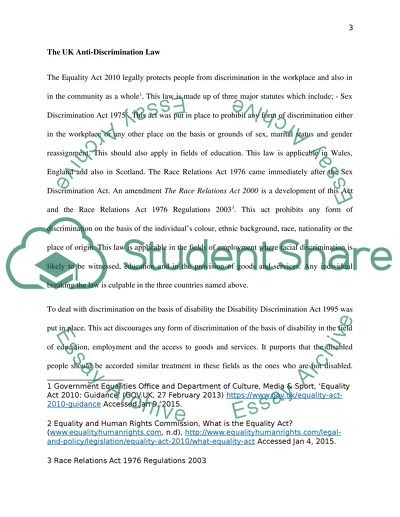Cite this document
(“Implications of the UK Employment Law Essay Example | Topics and Well Written Essays - 2500 words”, n.d.)
Implications of the UK Employment Law Essay Example | Topics and Well Written Essays - 2500 words. Retrieved from https://studentshare.org/law/1673565-implications-of-the-uk-employment-law
Implications of the UK Employment Law Essay Example | Topics and Well Written Essays - 2500 words. Retrieved from https://studentshare.org/law/1673565-implications-of-the-uk-employment-law
(Implications of the UK Employment Law Essay Example | Topics and Well Written Essays - 2500 Words)
Implications of the UK Employment Law Essay Example | Topics and Well Written Essays - 2500 Words. https://studentshare.org/law/1673565-implications-of-the-uk-employment-law.
Implications of the UK Employment Law Essay Example | Topics and Well Written Essays - 2500 Words. https://studentshare.org/law/1673565-implications-of-the-uk-employment-law.
“Implications of the UK Employment Law Essay Example | Topics and Well Written Essays - 2500 Words”, n.d. https://studentshare.org/law/1673565-implications-of-the-uk-employment-law.


